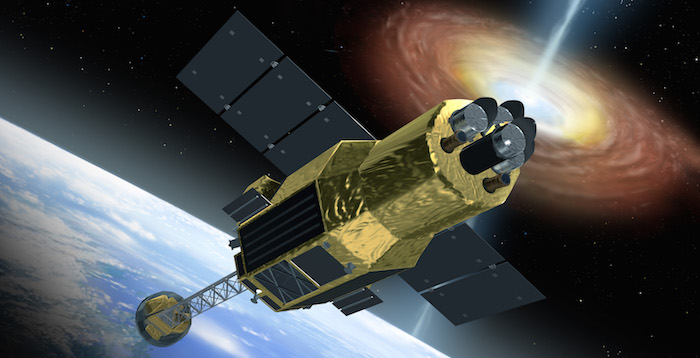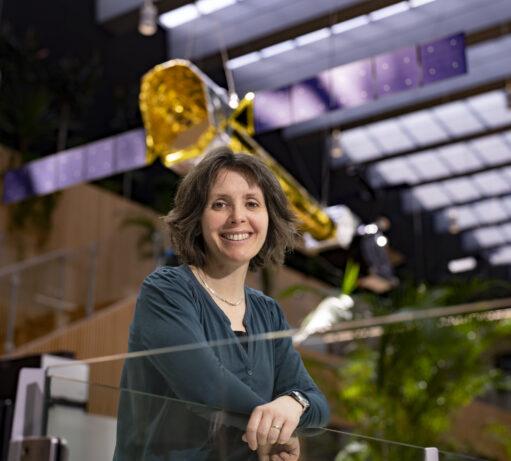| Status | Legacy |
| Launch | 2016 |
| Space organisation | JAXA |
| Type | X-rays (0.1 – 4.1 nm) |
| Orbit | Geocentric (550 km) |
| SRON contribution to | Soft X-ray Spectrometre |
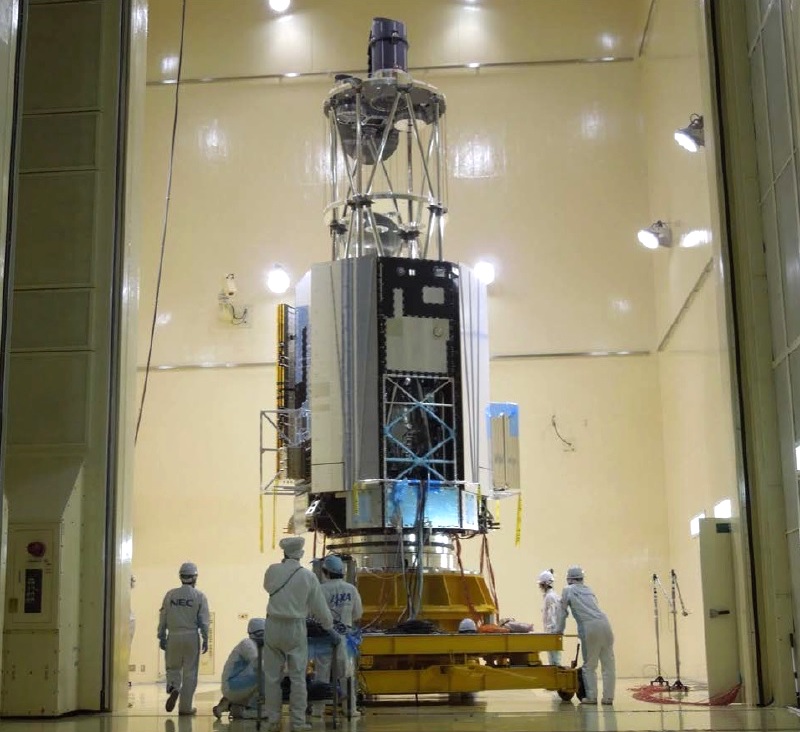
Perseus cluster
Hitomi’s only scientific observation was made on the Perseus cluster, which consists of thousands of galaxies. It was known that within the hot gas in this cluster there are many bubbles and ripples. The supermassive black hole in the central galaxy blows huge cavities into the gas with its jets that are several times larger than that galaxy itself.
Little turbulence
Hitomi’s observations showed that this still causes little turbulence, to the surprise of the astronomers involved. This means that clusters are useful as standard candles for estimating distances in the universe. For that, you need to know their mass, which can only be determined if the gas inside is not too turbulent.
Filter wheel
SRON worked with the University of Geneva to develop the filter wheel for the Soft X-ray Spectrometer (SXS), including X-ray sources to calibrate the instrument. They repeated this trick for Hitomi’s successor, XRISM, which launched in 2023. The filter wheel ran different filters for the SXS-detector, allowing astronomers to filter out brightnesses and wavelengths as desired. For example, they would use the molybdenum gray filter if a star or black hole gives off too many X-rays and choose the beryllium or polyimide-aluminum filter to block certain wavelengths. A light-radioactive iron-55 filter was in the filter wheel to calibrate the camera. Iron-55 continuously emitted a known X-ray spectrum that served as a reference point.
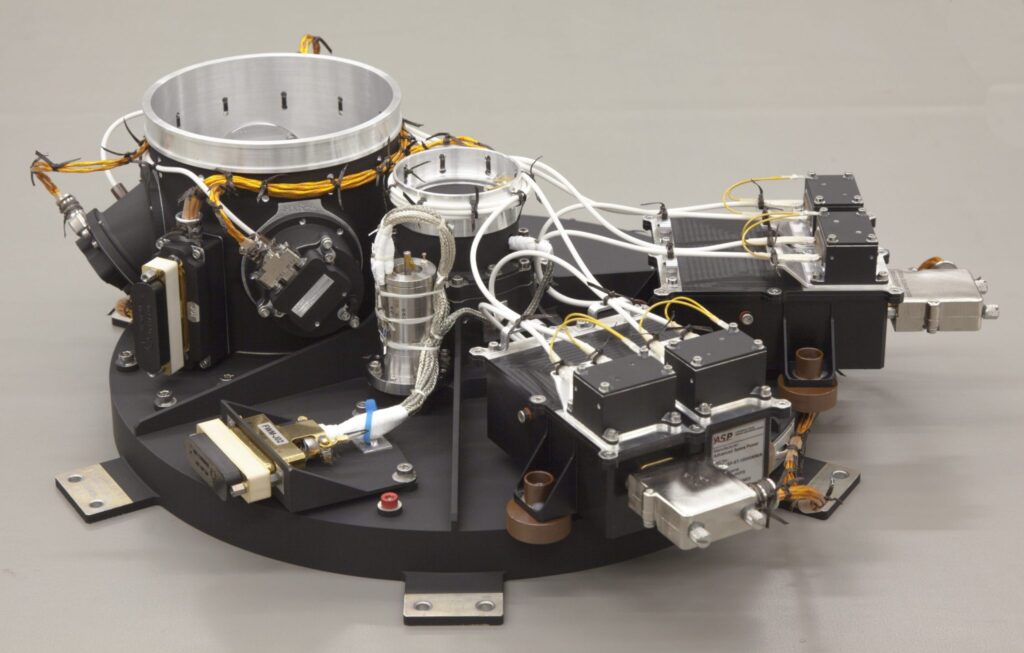
Collapsed sensor
As Hitomi floats peacefully and stably in its orbit around Earth in March 2016, a sensor suddenly indicates that the satellite is spinning. A correction mechanism kicks in to cancel the apparent rotation. As a result, from steady state, the satellite actually begins to spin around much harder. The ensuing chain reaction culminates in the disintegration of Hitomi. This means that the mission is over after only a few weeks.



